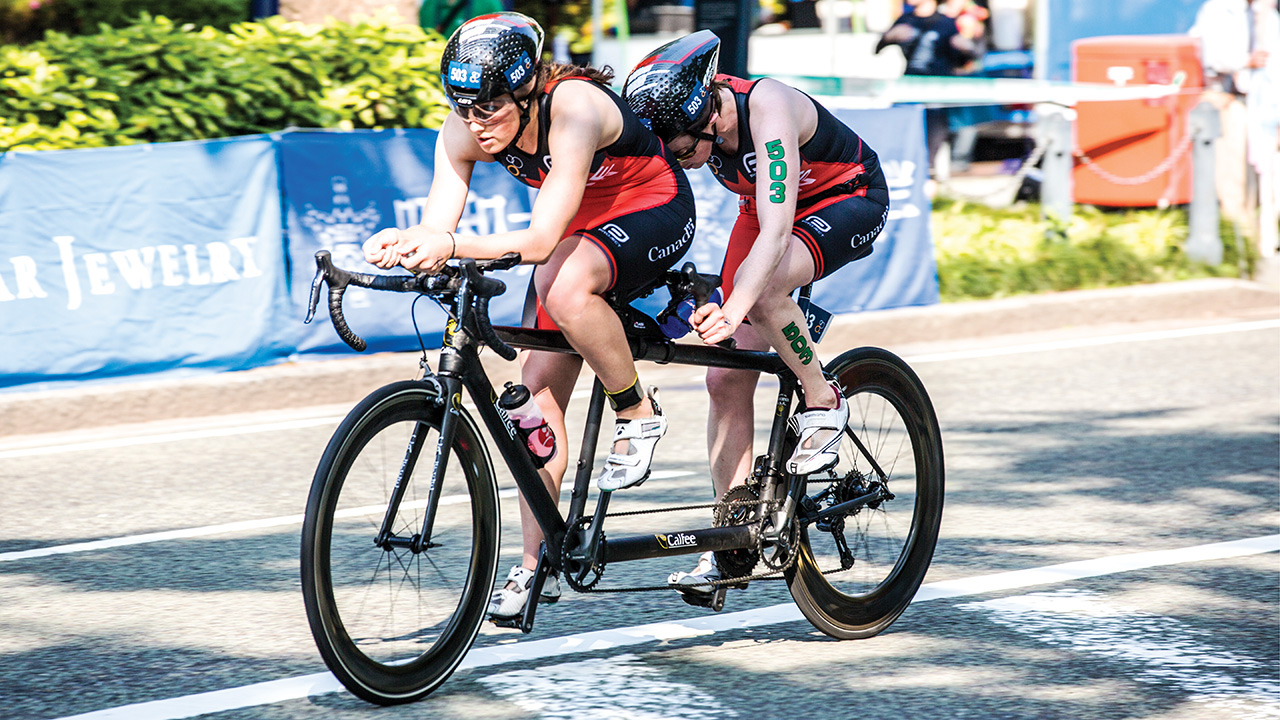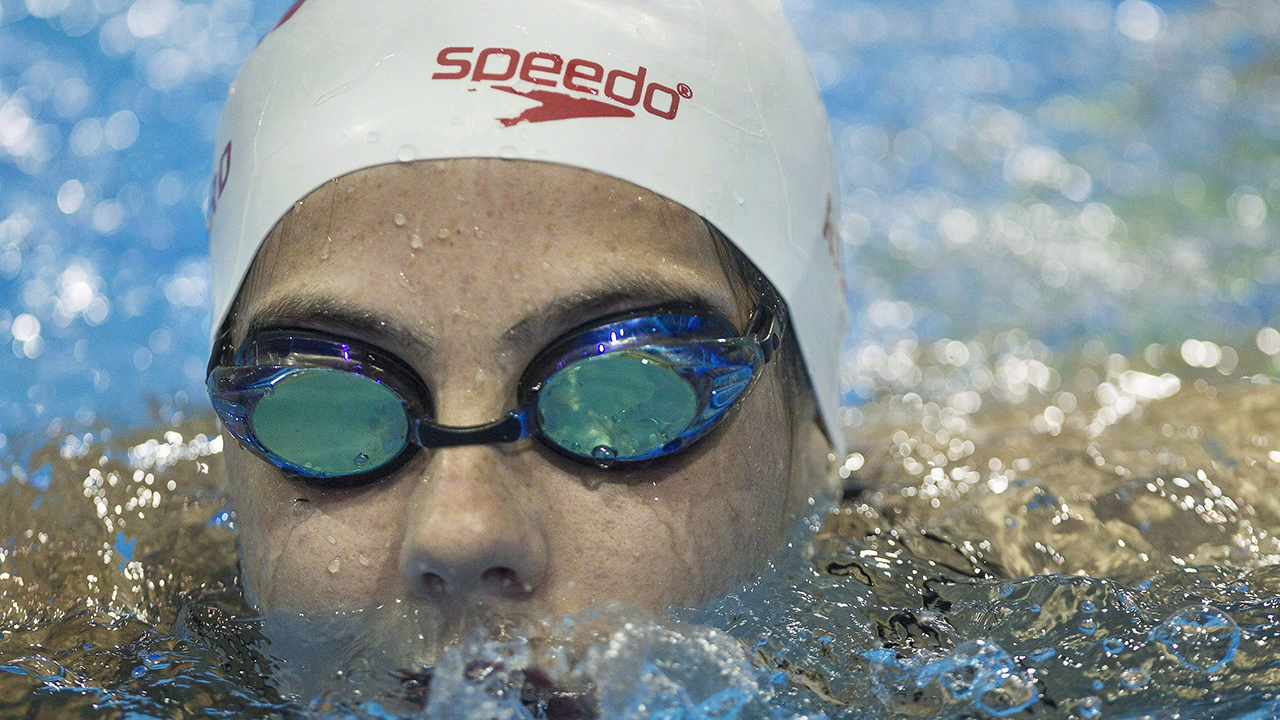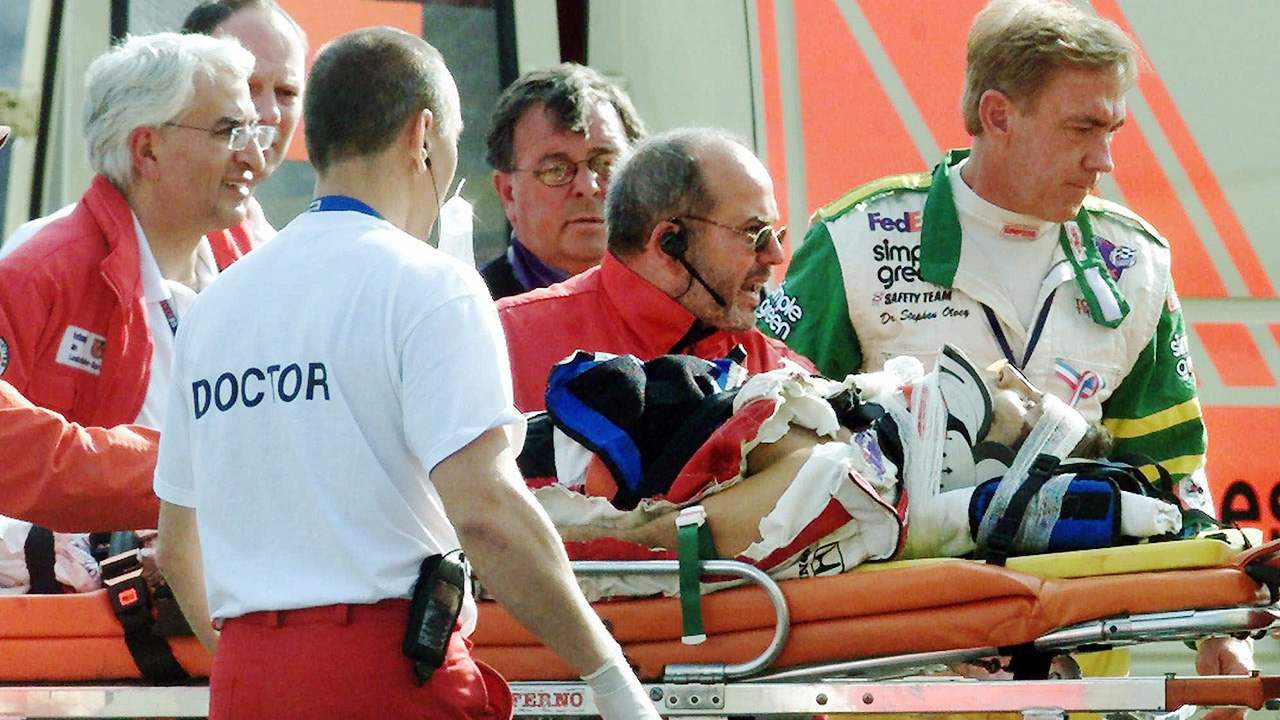A decade and a half after Zanardi lost his legs and nearly his life at Germany’s EuroSpeedway, the 49-year-old may be experiencing one of the richest rides on the planet. On Thursday—15 years to the day after his accident, Zanardi will attempt to win a second gold medal in hand cycling at the Paralympics in Brazil. The determination required to re-invent himself was embedded in Zanardi long before his horrific crash in 2001, but the incident did coax out other attributes. The fully formed result is nearly too much to comprehend: a universally adored man whose passion is filtered through a pragmatism that took hold early on, when other traumatic events touched his family. Zanardi views his resilience more as a required characteristic than a reason to be feted, which is just as well, because the man moves too fast to linger at the centre of any parade in his honour.
Zanardi’s ability to negotiate life’s crueller offerings likely stems from a simple combination of ability and experience. The first part, of course, you’re simply born with. “In Italian, we say a peaceful heart,” Zanardi says of his disposition. The other aspect of the equation builds in people at different times in an assortment of ways. Zanardi was just 13 when his sister, 15-year-old Cristina, was killed in a car accident. Though devastating in the moment, Zanardi says he didn’t comprehend the full dimension of the loss until he became father to his only child, Niccolo, many years later. “When my son was just a kid, I remember him going for a running race at school and winning and coming to hug me,” Zanardi says. “I realized my heart was absolutely full of joy, there was no space left.”
That was the feeling Zanardi’s parents, Dino and Anna, were robbed of the day Cristina died. True healing didn’t really begin to take hold until a friend of Dino’s who ran a motorcycle shop made what initially seemed to be a misguided, even insensitive, suggestion. With Zanardi on the verge of being eligible for a scooter licence, the man told Dino he should get his son a go-kart instead. “‘Are you kidding me? That’s dangerous. No way,'” says Zanardi, relaying his father’s response. The lobby was pretty convincing, though: Instead of having your son rip around on two wheels in free-moving traffic, why not have him on four wheels on a contained track wearing a helmet? The clincher was a comment about how weekend kart races were an organic way for families to spend time together. “My dad just fell in love with the idea,” Zanardi says.
With not a trace of engine oil in the gene pool, the family—a working-class crew based outside Bologna in northern Italy—set out to conquer karting. Zanardi drove, Dino assumed the role of mechanic and Anna made sure everyone was fed, managed the tires and kept close tabs on the competition. “She would let us know at the end of the day who was faster, and where they were a little faster,” Zanardi says. The learning curve was steep for everyone, but it equipped them with the characteristic Zanardi believes eventually allowed him to pull away. “Not knowing how to do things made me put a curiosity, a lot of interest, into trying to understand why something was happening in that particular way,” he says. While many of racing’s intricacies took time to figure out, the sport’s economic burden became apparent immediately. “My dad used to say, to maintain the go-kart was like growing a pig with caviar and champagne,” Zanardi says, happy to share an example of his father’s first-rate humour.








